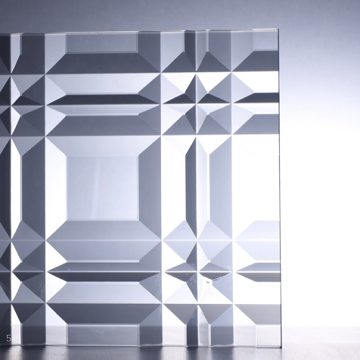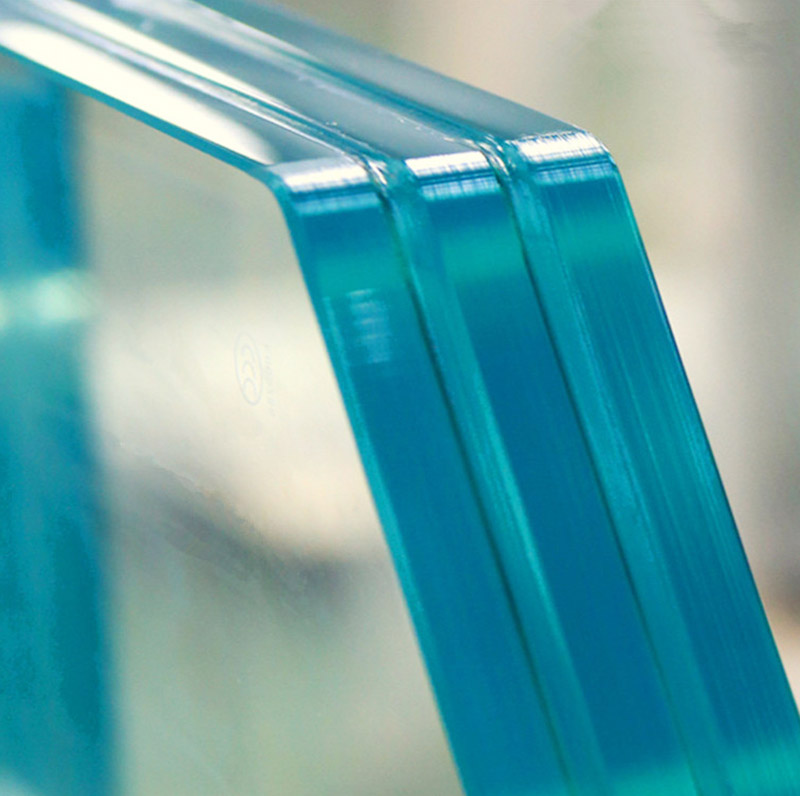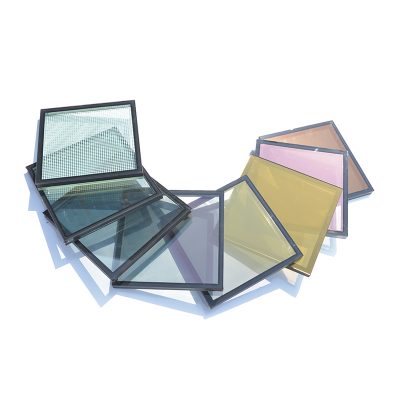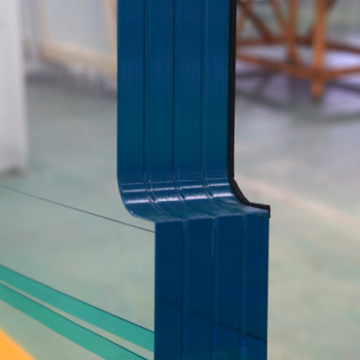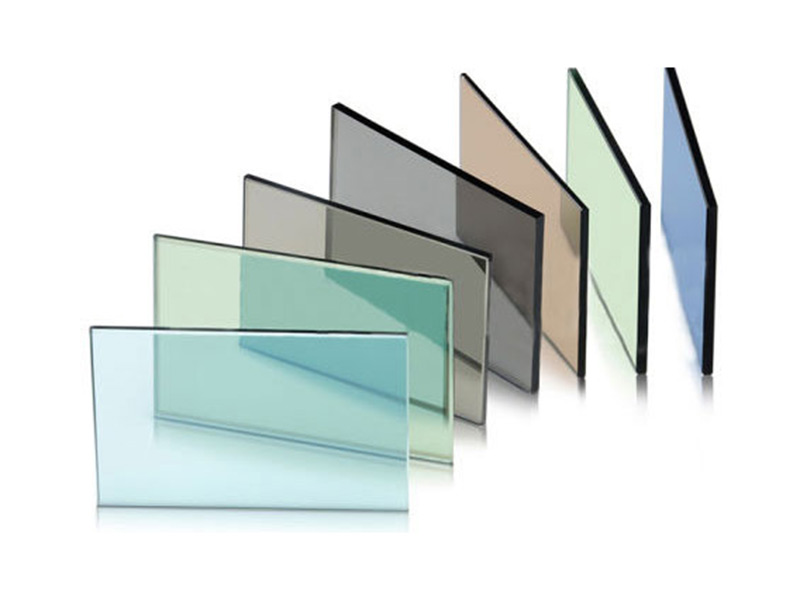When selecting safety glass for an application, whether decorative or functional, two choices often arise: tempered or laminated glass. Both qualify as types of “safety glazing materials” meaning they comply with the current safety glazing codes, so they can be used indoors, in sidelites, railings and other locations which may be deemed hazardous. But tempered glass and laminated glass each have distinct and different advantages.
The Pros and Cons of Tempered (Toughened) Safety Glass
Tempered glass is made by heating and cooling a piece of standard glass in a tempering furnace. The glass, which must be pre-cut and edged before being put into the tempering furnace, is heated to approximately 1200°F and then cooled rapidly.
This process is also known as quenching. The quenching process leaves the glass hardened so that it is now approximately 4 to 5 times stronger, and therefore more resistant to breakage, then it was before the tempering process. If it does break, tempered glass shatters in small pieces that are less likely to cause injury or damage than non-tempered glass.
The Pros and Cons of Laminated Safety Glass
Laminated glass is basically a glass sandwich. It is made of two or more plies of glass with a vinyl interlayer between (sandwiched, if you will, as in a car’s windshield). The glass will tend to stay together and case one in is broken – thus qualifying as a safety glazing material.
The other key advantage to laminated glass is that it blocks 99 percent of the UV-light transmission, has sound reduction properties, it can be cut and its edges can be polished after laminating, and lead times are generally faster because most glass shops stock laminated glass. Certain thicker, multilayered forms of laminated security glass can even qualify as burglar- and bullet-resistant glass.
Because laminated glass holds up to impact better than other types of glass, this is what is used in modern windshields. The sandwiched interlayer gives the glass structural integrity and keeps it from shattering apart like tempered glass might. This is key for effective airbag deployment and helping to keep occupants inside the vehicle in the event of a crash.
This intact breakage illustrates how tempered glass forms tiny, countless pieces. However, most tempered glass shatters to the ground upon impact.
Note that even though there was a powerful impact, this tempered glass has remained structurally intact.
Tempered vs. Laminated: How To Choose The Right One For Your Job
So for strength and breakage-resistance, temper glasses often is the first consideration. For flexibility, UV-resistance, security and sound considerations, laminated glass is often the product of choice. Both are considered safety glazing materials and can be obtained in a variety of thicknesses and colors or tints. Both are easy to clean and maintain when installed properly.
Keep in mind that tempered glass cannot be cut. Once glass has undergone the tempering process, piercing the surface will cause the glass to explode. If using tempered glass for a project, be sure that all sizing is completed before the glass is tempered. In contrast, laminated glass can typically be cut and sized at any time without issue, which could be a benefit for some projects.
Typically, laminated glass products are a slightly higher price than tempered products of the same type and thickness. The optical clarity for both laminated and tempered glass are excellent in either product will provide many years of satisfactory service in your door or window.
Supplier of laminated and tempered glass In China
Wallkingdon Glass offers not only one of the broadest selections of architectural, decorative, and specialty glass, but we also offer services that allow our clients to do more with glass. If you want to get high quality glass and the cost effective solutions while keeping quality to highest level, send an email to enquiry@wallkingdonglass.com, we will have the valuable input and creativity of glass design experts to help you.


